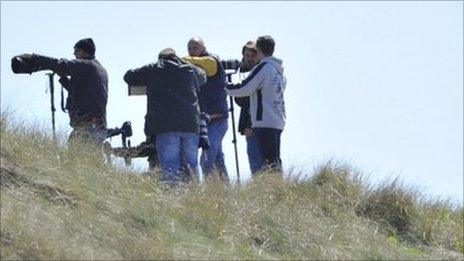Prince George: Why paparazzi present problem for royals
- Published
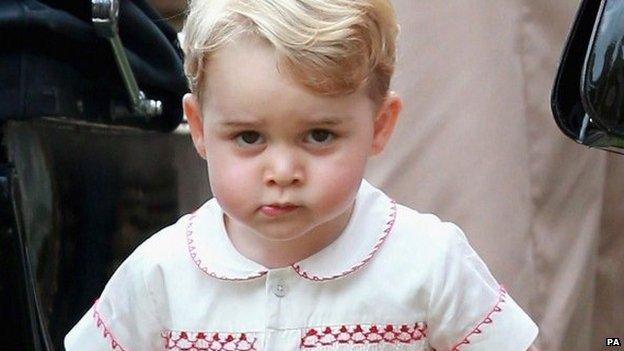
Prince George is the paparazzi's number one target, says Kensington Palace
It's not a new problem. So-called "paparazzi" photographers have been snatching photographs of members of the Royal Family for decades.
It's driven by money; money for the photographers who need little in the way of photographic skill, but who require quite a lot in the way of cunning, patience and brass neck.
And money for the publications which print them. Their readers, they say, want to see these pictures and that, for them, is the justification for running them, regardless of how the pictures were obtained.
All of which leaves those charged with protecting the royals from media "intrusion" with a problem.
New technique
It's one thing reminding the British media about the ethics of taking photos of children without the permission of their parents.
The mainstream British media by and large know where the line is and have rejected the paparazzi shots of George.
But how do you persuade the "handful" (to use Kensington Palace's description) of international media titles which do buy and publish these pictures to desist?

A magazine published topless pictures of Catherine taken on holiday by the paparazzi
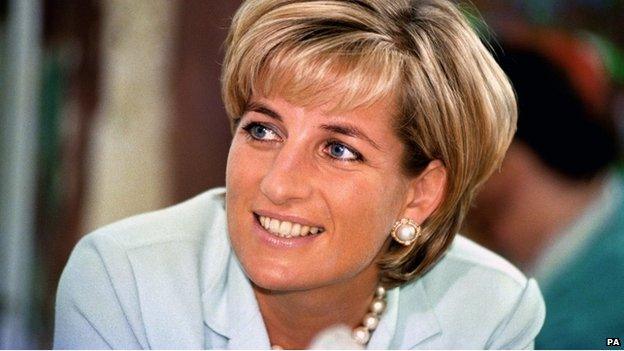
Diana, Princess of Wales was also a target of the photographers
The law is little help. As Kensington Palace discovered in 2012 when a French magazine published topless photographs of Catherine taken with a long lens, there was little effective recourse through the French courts, notwithstanding France's supposedly strong privacy laws.
So the palace has adopted a new technique. They've gone public with details of what they regard as the extreme lengths to which these half dozen or so British-based paparazzi photographers have been prepared to go.
This has included claims that one photographer was found recently hiding in the boot of a car close to a children's playground.
Others, the palace says, have been found hiding in fields and woods near the Cambridges' home in Norfolk, or "obscured in sand dunes on a rural beach" - all with the intention of snatching long-lens photographs of George.
Principle before profit?
The palace hopes that by drawing attention to the way in which these photographs are being obtained, the readerships of these magazines - principally in Australia, New Zealand, France and Germany and some in the US - will bring pressure to bear on the publishers to stop printing them.
The palace says it wants to instigate a "public discussion" which will help publishers of what they call "unauthorised photos of children" to understand their responsibilities better.
But is it realistic to expect the few publishers who rely of these photos to put principle before profit?
That remains to be seen.
- Published14 August 2015
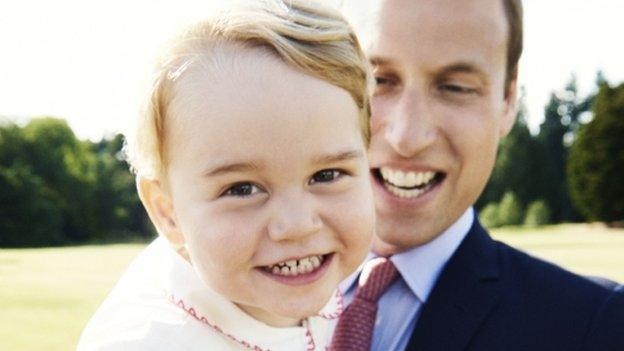
- Published14 September 2012
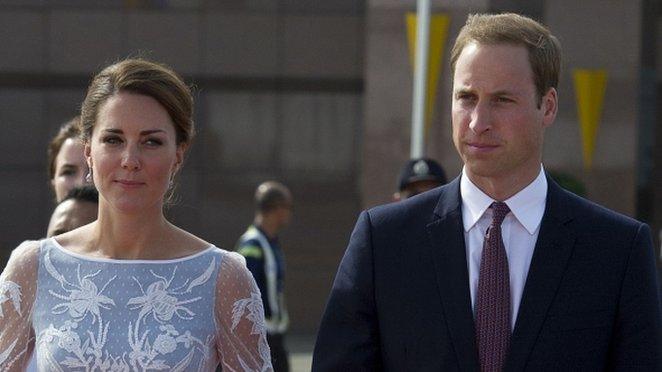
- Published11 May 2011
